ISO 9001 vs. ISO 13485: Similarities and Differences
In the realm of quality management, ISO 9001 and ISO 13485 stand as prominent standards guiding organizations towards excellence. While both aim to establish a robust quality management system (QMS), they cater to different sectors and have distinct requirements. Understanding their similarities and differences is crucial for organizations aiming to implement these standards effectively.
Overview of ISO 9001
ISO 9001 is an internationally recognized standard for quality management systems, applicable to any organization, regardless of its size or industry. Published by the International Organization for Standardization (ISO), ISO 9001 provides a framework for consistent quality in products and services, enhancing customer satisfaction and operational efficiency.
Overview of ISO 13485
ISO 13485, also published by ISO, is specifically tailored for the medical device industry. This standard sets requirements for a QMS to ensure the consistent design, development, production, installation, and servicing of medical devices. Compliance with ISO 13485 helps organizations meet regulatory requirements and demonstrates their commitment to quality and patient safety.
Similarities Between ISO 9001 and ISO 13485
Despite their sector-specific applications, ISO 9001 and ISO 13485 share several common elements:
1. Quality Management Principles: Both standards are based on fundamental quality management principles such as customer focus, leadership, engagement of people, process approach, improvement, evidence-based decision making, and relationship management.
2. Plan-Do-Check-Act (PDCA) Cycle: The PDCA cycle is integral to both standards. It promotes a systematic approach to problem-solving and continuous improvement, ensuring that organizations can maintain and enhance their QMS over time.
3. Documentation Requirements: Both standards emphasize the importance of maintaining proper documentation. This includes quality manuals, documented procedures, and records that demonstrate compliance with the standards.
4. Risk Management: Risk management is a critical component in both ISO 9001 and ISO 13485. Organizations are required to identify, assess, and mitigate risks that could impact the quality of their products or services.
5. Internal Audits: Regular internal audits are mandated by both standards to ensure the QMS is effectively implemented and maintained. These audits help identify areas for improvement and ensure compliance with the standards.
Key Differences Between ISO 9001 and ISO 13485
While ISO 9001 and ISO 13485 share foundational similarities, they differ significantly in their focus and specific requirements:
1. Industry Specificity: The most notable difference is that ISO 9001 is a generic standard applicable to any industry, while ISO 13485 is specific to the medical device sector. This specialization means that ISO 13485 includes additional requirements tailored to the medical device industry’s regulatory and safety needs.
2. Regulatory Requirements: ISO 13485 places a stronger emphasis on meeting regulatory requirements. It requires organizations to establish and maintain a QMS that complies with applicable regulatory standards, ensuring the safety and efficacy of medical devices.
3. Product Realization: ISO 13485 has more detailed requirements regarding product realization, including specific provisions for design and development, production, and servicing of medical devices. This includes comprehensive documentation and traceability throughout the product lifecycle.
4. Verification and Validation: In ISO 13485, there is a greater focus on validation and verification activities to ensure that medical devices meet their intended use and safety requirements. This includes validating processes, software, and equipment used in the production and maintenance of medical devices.
5. Risk Management in Design and Development: While both standards require risk management, ISO 13485 mandates a more stringent and detailed approach during the design and development phases of medical devices. This ensures that potential risks are identified and mitigated early in the product lifecycle.
6. Complaint Handling and Reporting: ISO 13485 includes specific requirements for handling customer complaints and reporting adverse events to regulatory authorities. This is crucial for maintaining the safety and effectiveness of medical devices in the market.
7. Sterility and Cleanliness: For medical devices, ensuring sterility and cleanliness is paramount. ISO 13485 outlines stringent requirements for cleanroom environments, sterilization processes, and contamination control, which are not present in ISO 9001.
ISO 9001 and ISO 13485 are pivotal standards for quality management, each serving distinct purposes in their respective domains. While they share common principles and methodologies, their differences lie in the specificity and rigor of requirements tailored to general industries and the medical device sector. Understanding these similarities and differences is essential for organizations aiming to implement these standards effectively, ensuring quality, compliance, and continual improvement in their operations. By embracing the best practices outlined in this post, organizations can navigate the complexities of implementation and achieve excellence in their quality management endeavors.
